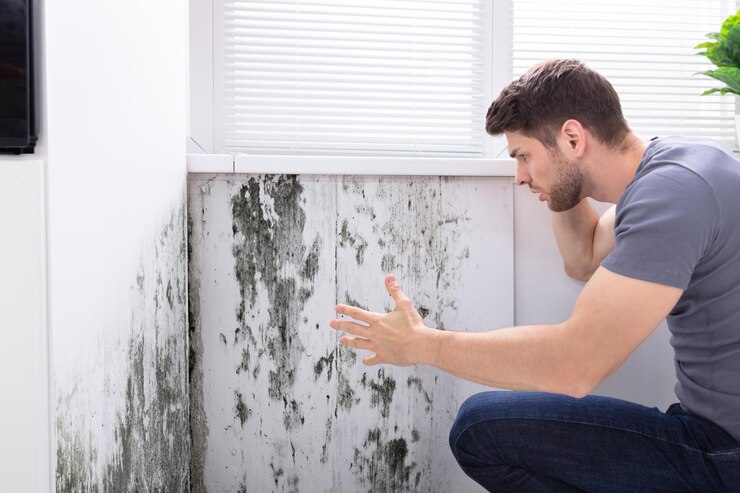mold. Just the words can make any homeowner uneasy. Whether it shows up as a small patch on your bathroom ceiling or creeps silently behind your walls, mold damage is never something to ignore. But don’t panic — the key is acting quickly, and more importantly, acting smart.
In this post, we’ll walk you through exactly what to do next if you’ve discovered mold damage in your home — step-by-step, no fluff, just practical advice.
Step 1: Confirm It’s Mold
That dark spot on your wall might look suspicious, but not all stains are moldy. Before you jump to conclusions, check for common signs:
- Musty, earthy odors (think damp basement smell)
- Discoloration that spreads
- Warped or bubbled paint
- Respiratory irritation when you’re in the area
If you’re unsure, a mold inspection from a professional can give you peace of mind — or confirm the problem.
Step 2: Don’t Disturb It
This might sound strange, but it resists the urge to scrub or spray. Disturbing mold without proper containment can release spores into the air — spreading the problem to new areas and potentially harming your health.
Instead, isolate the area:
- Close off the room if possible
- Avoid using fans or HVAC systems that could circulate air
- Keep pets and children away
Step 3: Call in the Experts
Yes, some tiny spots of surface mold on your shower grout can be handled with bleach and elbow grease. But when it comes to structural damage, hidden mold, or large infestations, it’s best to call the pros.
Professional mold remediation specialists:
- Assess the full extent of the damage (including behind walls)
- Safely remove mold without spreading spores
- Take care of any parts of your home that mold has weakened
- Prevent future mold growth
Pro tip: Choose a certified mold remediation company with good reviews — mold repair isn’t something to cut corners on.
Step 4: Check Your Insurance Coverage
Here’s a surprise for many: some homeowner’s insurance policies cover mold damage, especially if it was caused by a covered event like a burst pipe or roof leak.
Take time to:
- Review your policy
- Document the damage with photos
- File a claim as soon as possible
You might be entitled to help with cleanup and repair costs, depending on your coverage.
Step 5: Prevent It from Coming Back
Once the mold is gone, your next mission is to keep it that way. Mold thrives in moist, humid environments, so moisture control is your best weapon.
Here’s how to stay mold-free:
- Fix leaks immediately (pipes, roofs, windows)
- Use dehumidifiers in damp areas like basements
- Let your bathroom and kitchen ‘exhale’ — good ventilation is key
- Clean and dry any water damage within 24–48 hours
Final Thoughts: Mold Is a Problem, But It’s Fixable
Finding mold damage can feel overwhelming — but it’s not the end of the world. With the right steps and a calm, informed approach, you can remove the mold, repair the damage, and protect your home in the long run.
So, if you’re facing mold right now, take a deep breath.
You’ve got this — and now, you know what to do next.





